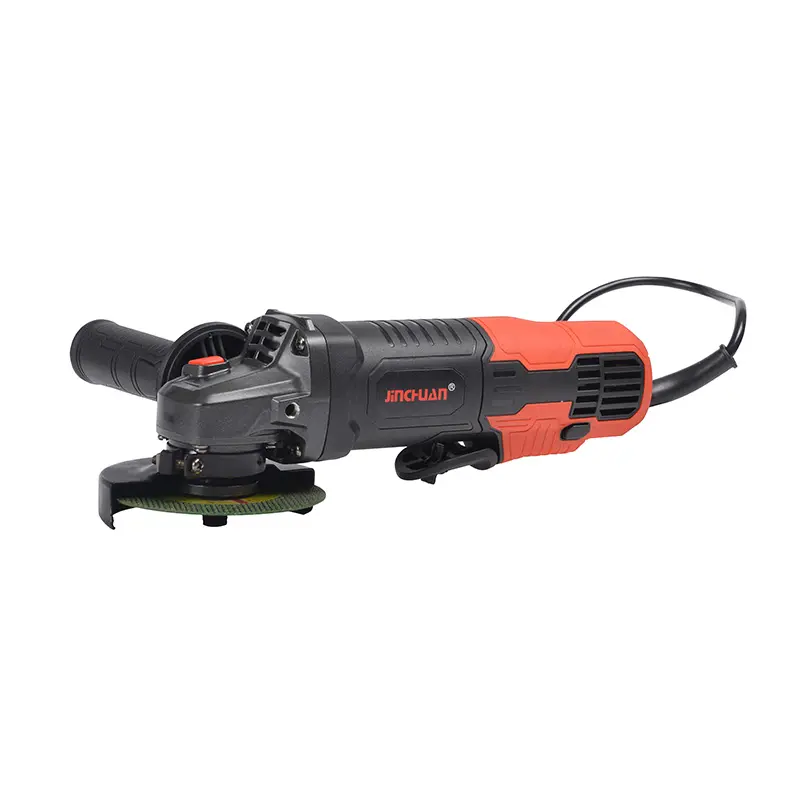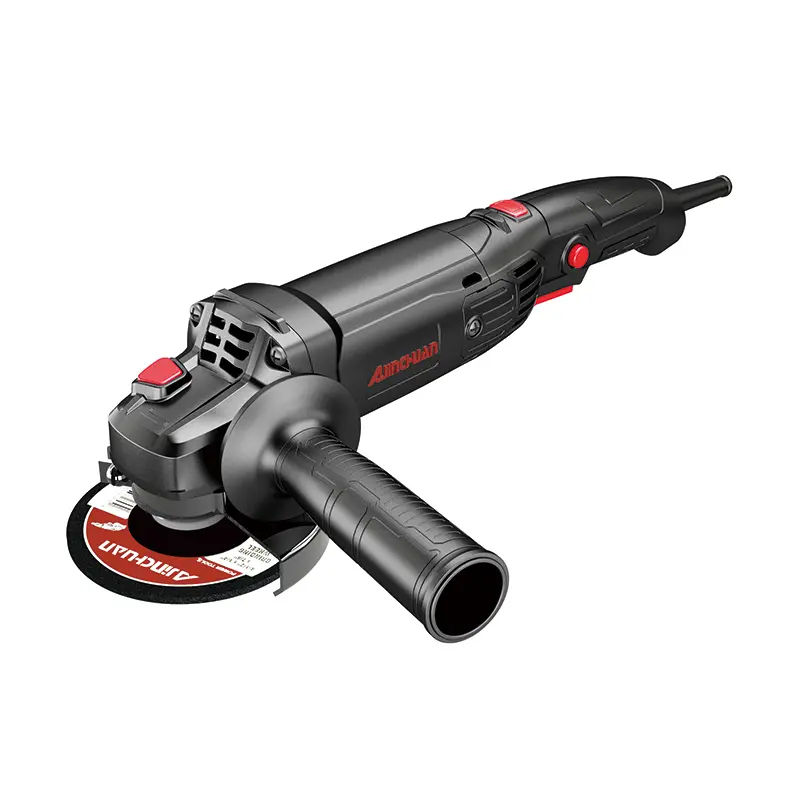In recent years, the global manufacturing landscape has undergone significant shifts, with Southeast Asia emerging as a prominent player. This region’s rise has had far-reaching implications for various industries, including the market for angle grinders. As manufacturing capabilities in Southeast Asia continue to grow, the global procurement patterns for angle grinders are being redefined.
The Rise of Southeast Asia in Manufacturing
Southeast Asia has become a hub for manufacturing due to several key factors. The region offers a combination of low labor costs, favorable government policies, and a growing skilled workforce. Countries like Vietnam, Thailand, and Indonesia have attracted significant foreign investment, leading to the expansion of manufacturing facilities. This trend is particularly evident in the production of electric tools, including angle grinders.
Shifting Global Procurement Patterns
Cost Efficiency and Competitive Pricing
One of the primary drivers behind the shift in global procurement patterns is the cost efficiency offered by Southeast Asian manufacturers. The region’s lower production costs translate into competitive pricing for angle grinders. This makes Southeast Asian products an attractive option for buyers looking to optimize their procurement costs without compromising on quality. As a result, many global buyers are increasingly sourcing their angle grinder needs from this region.
Quality and Technological Advancements
Despite the focus on cost efficiency, Southeast Asian manufacturers have not compromised on quality. In fact, the region has made significant strides in technological advancements. Modern manufacturing facilities in Southeast Asia are equipped with state-of-the-art machinery and adhere to international quality standards. This has enabled the production of high-quality angle grinders that meet the demands of various industrial applications, from construction to automotive repair.
Supply Chain Resilience
The rise of Southeast Asia in manufacturing has also contributed to the resilience of global supply chains. With multiple production hubs spread across the region, manufacturers can better manage risks associated with supply chain disruptions. This is particularly important in the context of global events like the COVID-19 pandemic, which highlighted the vulnerabilities of over-reliance on single-source manufacturing locations. By diversifying their procurement sources to include Southeast Asia, buyers can enhance the reliability and flexibility of their supply chains.
Future Trends and Opportunities
Growing Market Demand
The demand for angle grinders in Southeast Asia is also growing rapidly. Infrastructure development projects, expanding manufacturing sectors, and increasing urbanization are driving the need for these tools. This presents an opportunity for manufacturers to not only supply the global market but also tap into the burgeoning local demand.
Innovation and Customization
To stay competitive, Southeast Asian manufacturers are focusing on innovation and customization. They are investing in research and development to introduce new features and improve the performance of angle grinders. Additionally, they are offering customized solutions to meet the specific needs of different industries and regions. This ability to tailor products to customer requirements is a significant advantage in the global market.
Conclusion
The rise of Southeast Asia in manufacturing is reshaping the global procurement landscape for angle grinders. With its cost efficiency, technological advancements, and supply chain resilience, the region is becoming an increasingly important source for these essential tools. As Southeast Asian manufacturers continue to innovate and meet the growing local and global demand, they are poised to play a crucial role in the future of the angle grinder market.
Post time: Oct-15-2025


